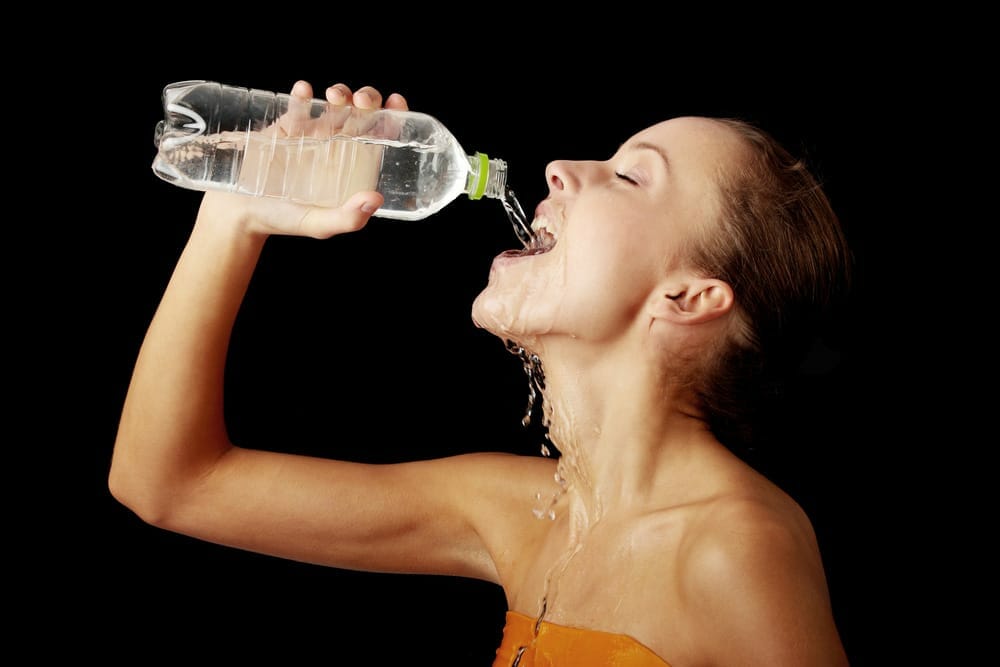The Perfect Rep
Perfect rep? Huh? Yes, it exists and you should do it! Get the most out of every rep and reap the rewards to become bigger and stronger, says Charles Poliquin.
Many guys think lifting weights is just about moving a bar from point A to point B and back to point A again. A lot of guys are wrong.
If you want to build strong muscle, you need every rep to be perfect. You need to work the right muscles for the right amount of time to get the best growth response. What’s the point of banging through reps quickly, using momentum to get the weight up but not controlling it back down? The best-case scenario is zero muscle gains; the worst is injury.
Bear these key considerations in mind at the start of every set and you’ll get the most out of every rep.
Perfect rep: Master the move
I’m often amazed when I walk into gyms and see the shocking techniques on display. Your results are proportionate to the extent you understand the technique. Mastering correct movement patterns ensures you work the target muscle to its potential and minimise injury risk.
Perfect rep: Start smart
Many people start a rep in the wrong position, making it impossible to perform properly. For example, the correct start position in the front squat requires elbows to be rotated high, the bar slightly choking you, your torso upright, and your feet shoulder-width apart and externally rotated. If you’re not, you have already wasted the rep. Starting with elbows too low puts strain on the shoulder and spine.

Perfect rep: Feel your muscles
Instead of focusing on the external (the weight you’re lifting), focus on the internal (the muscles moving it). For example, for incline bicep curls pretend your mind is inside your elbow flexors. Focus on the force of the contraction during the concentric (lifting) range and the stretch of the eccentric (lowering) range. Fire your antagonistic muscles (the triceps, in this case) as you hit the bottom range. This will stretch your elbow flexors and augment the force of the next concentric rep. First, applying this to single-joint moves is easier than compound exercises.
Perfect rep: Hit the right speed
Lifting the weights as quickly as possible will stimulate the parts of the muscle that respond best to growth, and it’s particularly important to focus on this as the set advances and each rep becomes increasingly hard. Research shows that concentrating on the speed of the concentric contraction improves strength development. It’s also vital to control each rep’s eccentric phase. The slower you can lower, the harder your muscles must work. It’s this part of each rep that leads to muscle mass development.
Perfect rep: Count down the reps
Begin every set with a goal for the number of reps you want to perform. As you begin, count down the repetitions. It keeps your mind focused on the task, not the outcome. When trainees count upwards, they tend to worry whether they’ll complete the set. It’s a simple mind trick, but it works.
Perfect rep: End as you began
The first and last rep should look the same. In the effort to handle heavier loads, there’s a temptation to use the heaviest weight possible without regard for technique. Classic errors include using momentum to lift the weight, deviating from the correct movement pattern, and shortening motion range. Remember that the actual training load — the one that determines the result — is determined by the weight you’re using and how you’re using it.
Perfect rep: Don’t cheat
When you reach failure, you’re done for the set. The use of cheating movements to get more reps is counterproductive. It teaches bad motor patterns and interferes with the recovery of the motor units (functional units of nerve and muscle) that were trained properly until that point in the set.
Related: Clean and Press Workout




